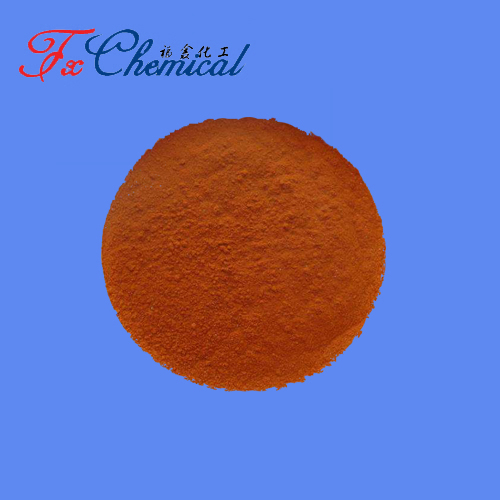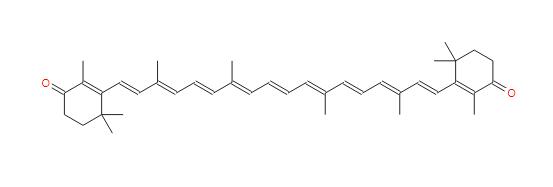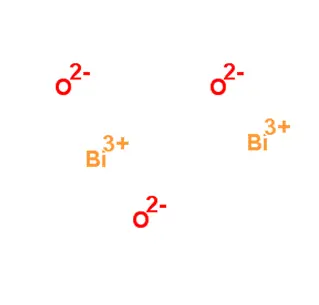
Search

Search



Carmine is a deep red color derived from the pigment carminic acid, which is obtained from cochineal insects. These insects are primarily found in South America, where they are cultivated for the extraction of the pigment. The color is often used in art, cosmetics, and food products.
In addition to its use as a colorant (E120 in food labeling), carmine is also found in dyes for fabrics and in certain cosmetics like lipsticks and blushes. It's known for its rich, vibrant red hue.
However, some people may have allergic reactions to carmine, and since it is derived from insects, it is not suitable for vegans.
Carmine has a wide range of applications across different industries. Some of its most common uses include:
Coloring Agent: Carmine is used to give food products a vibrant red or pink color. It is commonly found in:
Beverages (e.g., fruit juices, soft drinks)
Candy and confectionery (e.g., gummy bears, fruit-flavored candies)
Dairy products (e.g., yogurt, ice cream, cheese)
Processed meats (e.g., sausages, pâté)
Bakery items (e.g., cakes, cookies)
It is labeled as E120 in food products in many countries.
Lipsticks and Lip Glosses: Carmine is widely used to create red, pink, or purple shades in lip products.
Blush and Eye Shadows: The pigment is used in a variety of makeup products to provide rich, natural-looking color.
Nail Polishes: Carmine can be used to give nail polish a red or pink tint.
Shampoos and Conditioners: Some hair care products use carmine for tinting purposes.
Dyeing Fabrics: Carmine is used in the textile industry to dye fabrics, particularly for rich red or pink tones.
Rugs, Clothing, and Upholstery: Natural dyes like carmine can be used in high-end or artisanal products.
Artists' Pigment: Carmine has historically been used as a pigment in oil and water-based paints, especially for creating bright red hues in paintings.
It is often used in fine art, such as in watercolors, acrylics, and oil paints.
Medicinal Products: Carmine may be used as a coloring agent in certain tablets or capsules, though its use is more limited compared to other food and cosmetic applications.
Dye for Clothing: In ancient times, carmine was highly valued for dyeing garments, especially among royalty and elites due to the difficulty in extracting the pigment and its vibrant, long-lasting color.
Cosmetic and Cultural Significance: Historically, carmine-based pigments have been used in face paints and cosmetics in various cultures, especially in Central and South America.
Candles and Soap: Carmine can be used to color candles and soap, providing an attractive red color for decorative items.
Craft Supplies: It’s also found in products like colored glitters, decorative inks, and craft paints.
Allergies: Some individuals may have allergic reactions to carmine, especially in food or cosmetics.
Vegan and Vegetarian Concerns: Since carmine is derived from cochineal insects, it is not suitable for vegans or strict vegetarians. In these cases, synthetic or plant-based red dyes are preferred.
In many cases, synthetic dyes (like Red 40 or beet juice powder) or plant-based dyes (like hibiscus or beetroot) are used as alternatives to carmine, particularly in products that need to cater to vegan or allergy-sensitive customers.
Carmine remains a popular and versatile dye because of its ability to provide a rich, stable red color that is difficult to replicate with other natural dyes.

Fortunachem Provides Not Only Professional Chemical Products But Also Professional Help
Keeping you up-to-date with all the latest information, news, and events about Fortunachem!

Quick Links
Add:
E-mail:
 English
English  Español
Español  français
français  العربية
العربية 






